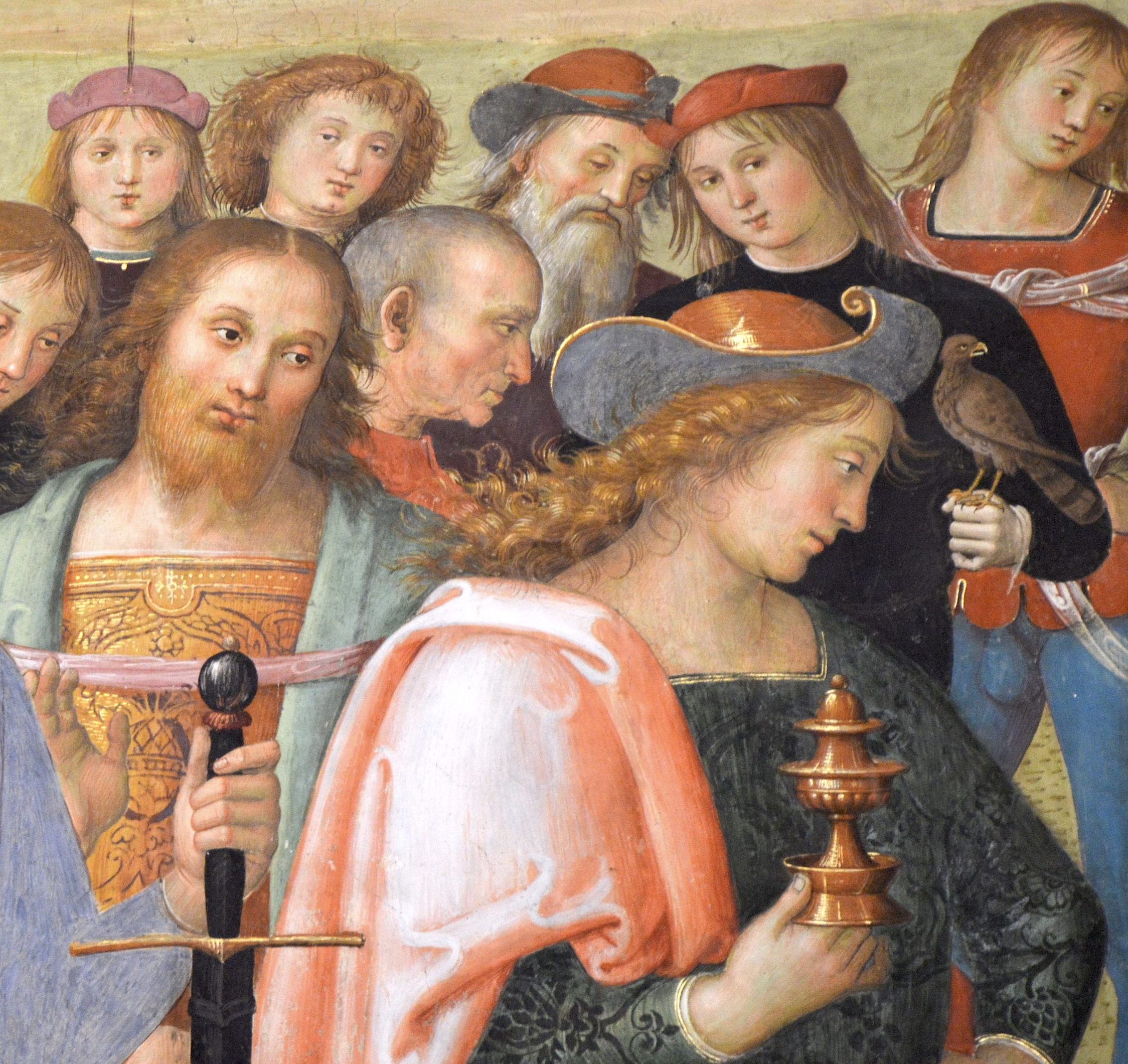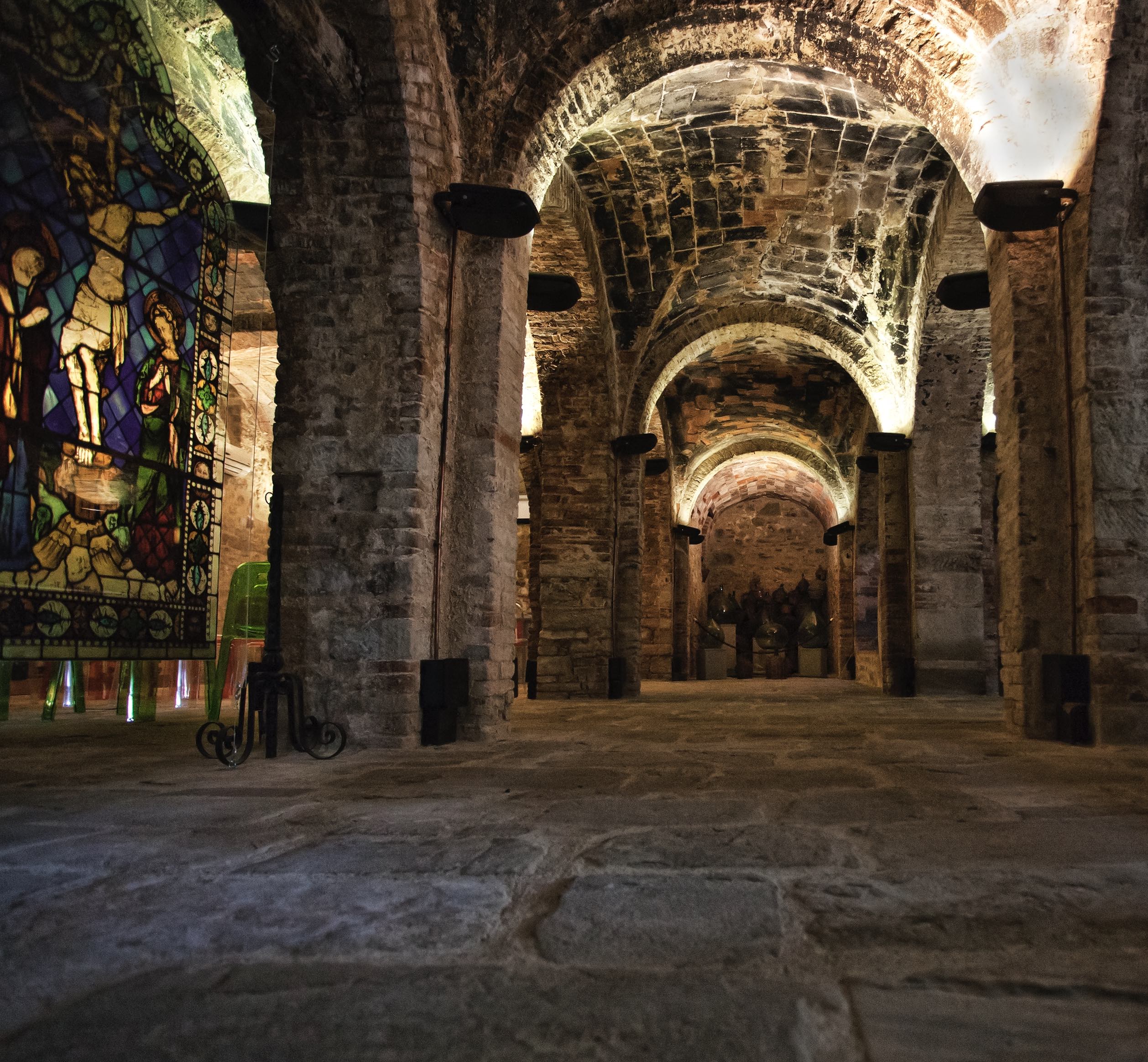MUST-SEE
PIEGARO
1. Glass Museum
A fine example of industrial archeology, the Glass Museum safeguards the centuries-old glassmaking tradition of Piegaro and the many artifacts and relics that came out of its furnaces. Particularly impressive is the last glass melt inside the old smelting furnace, before it was turned off in 1968.
2. The “Luigi Boldrini” Paleontological Museum of Pietrafitta
4. Hiking through the hamlets
There are many charming hamlets around Piegaro, nestled and hidden in the wooded foothills. Each of them has a small residential area with usually a castle, a small church and a few houses. Most important ones are: Abbadia Settefrati, Castiglion Fosco, Cibottola, Gaiche, Greppolischieto and Ierna.
(photo credit: Paolo Zuchegna)
5. Montarale
853 meters above sea level, Montarale is the highest peak of the Trasimeno territory, and the only viewpoint in Umbria where it is possible to admire the three lakes in the area: Lake Trasimeno, Lake Chiusi and Lake Montepulciano. The extensive view also covers Perugia, Assisi, Città della Pieve, Orvieto with Monte Peglia, the hills of Cortona, Monte Cetona and Monte Amiata. Fully equipped for picnics and barbecues.
(photo credit: Paolo Zuchegna)
8. Church of Madonna della Crocetta
The church was built in the second half of the 15th century by the Confraternita della Crocetta, made up of every glassmaker from Piegaro, who deeply revered the Virgin Mary for safeguarding their lives from the perils of the furnace. The Brotherhood changed its name into “Confraternita della Signoria dei Vetrai” in 1486.
(photo credit: Paolo Zuchegna)
9. Clock Tower of Castiglion Fosco
Symbol of the village of Castiglion Fosco, the cylindrical tower was built in 1462 and completed in 1500. It is possible to climb it to the top for the view through a very steep staircase, and it is also possible to see the old weight driven clock mechanism from the 19th century.
(photo credit: Paolo Zuchegna)









